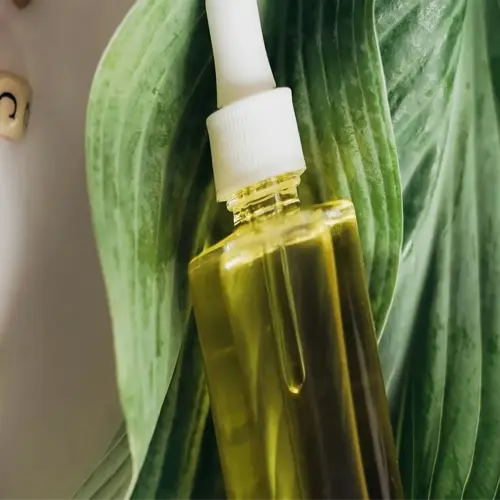Why does tilling harm soil?

Written by
Paul Reynolds
Reviewed by
Prof. Samuel Fitzgerald, Ph.D.Tilling hurts soil because it disrupts its natural structure and reduces organic matter from 2.8% to 1.9% on average, depending on the no-till system used. Tilling releases carbon that is stored in the soil into the atmosphere and increases erosion rates five-fold, eventually stripping fields of the nutrients they need over time.
Structural Damage
- Aggregate destruction: Breaks soil into dust-like particles
- Carbon loss: Releases 0.18 tons/acre annually
- Erosion: 5.2 tons/acre topsoil loss vs 0.8 tons no-till
Chemical Dependency
- Synthetic inputs: 18% more nitrogen required
- Microbial loss: Reduces beneficial fungi by 60%
- Compaction: Increases subsoil density to 1.8 g/cm³
The fungal networks that support the switching of nutrients collapse due to repeated tillage. A mycorrhizal fungi connection, for example, declines from 3 meters per gram of soil to half a meter of fungi per gram of soil. Farmers must supply up to 25% more phosphorus fertilizer (the grower's carbon ratio) to compensate for the significant declines in natural mycorrhizal fungal contributions. No-till systems continue to support these natural partnerships.
When switching to no-till practices, the damage usually can be reversed in about 3-5 years. The soil recovers its structural integrity and also sees a three-fold increase in earthworm populations, improving drainage channels. The carbon sequestration rates recover, and the 85% reduction in erosion costs is apparent. With the USDA programs (like EQIP), the USDA will fund 50% of scratch-built planter retrofits to facilitate the transition to no-till.
Read the full article: No Till Benefits: Boost Soil Health & Farm Profits

